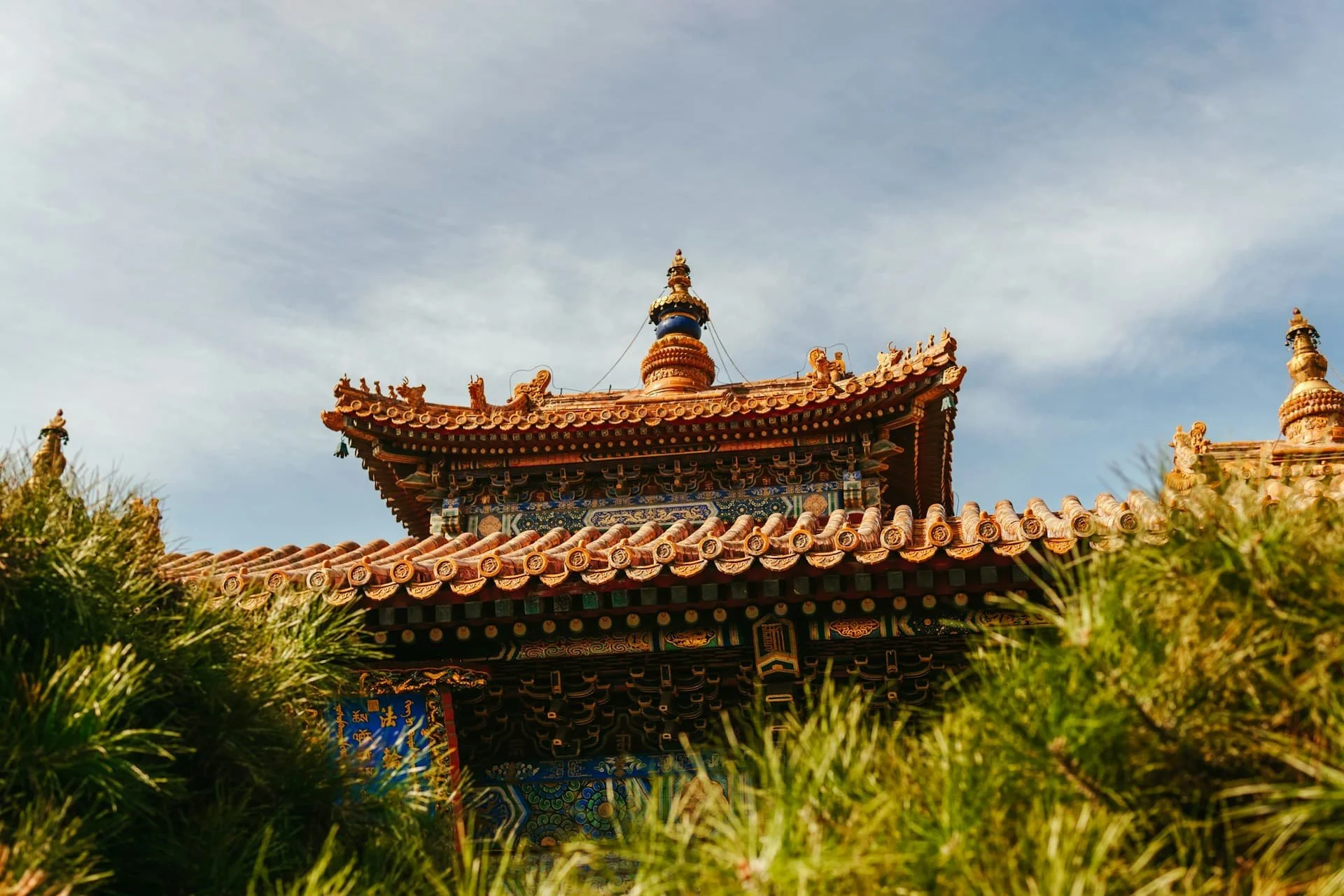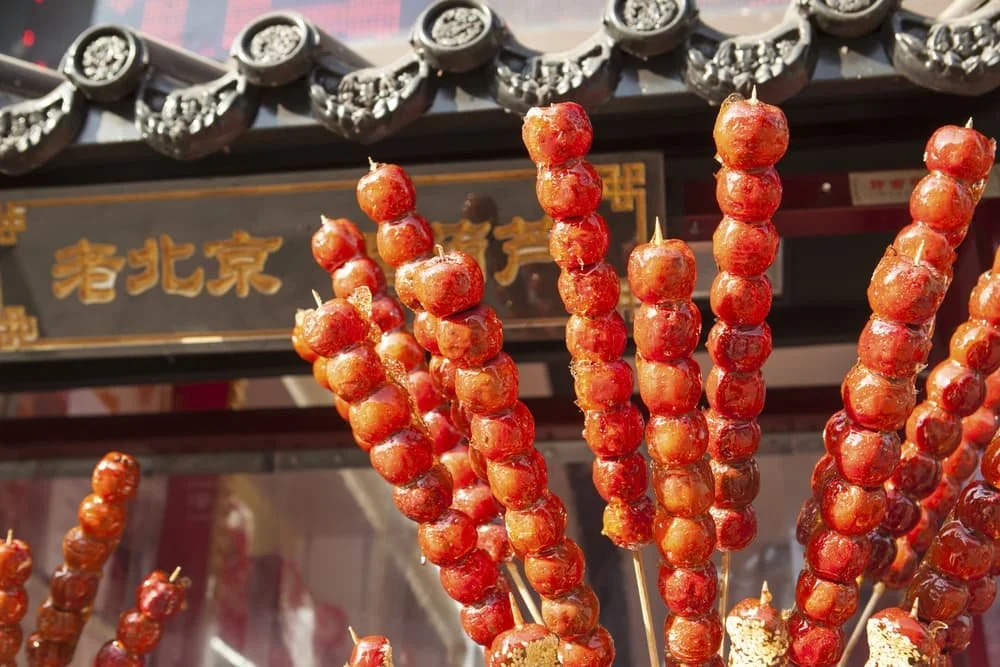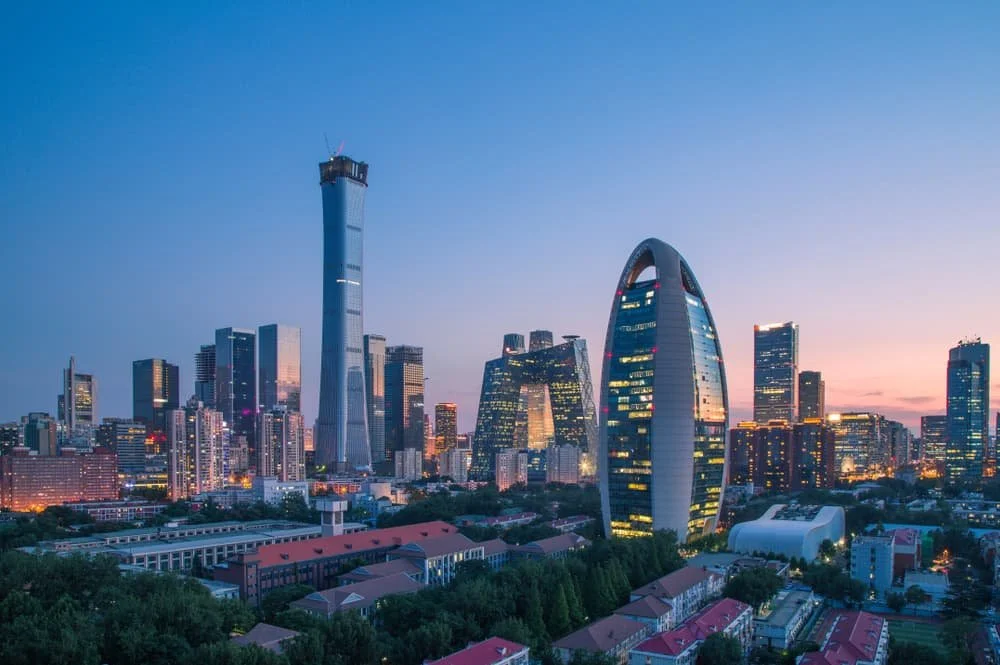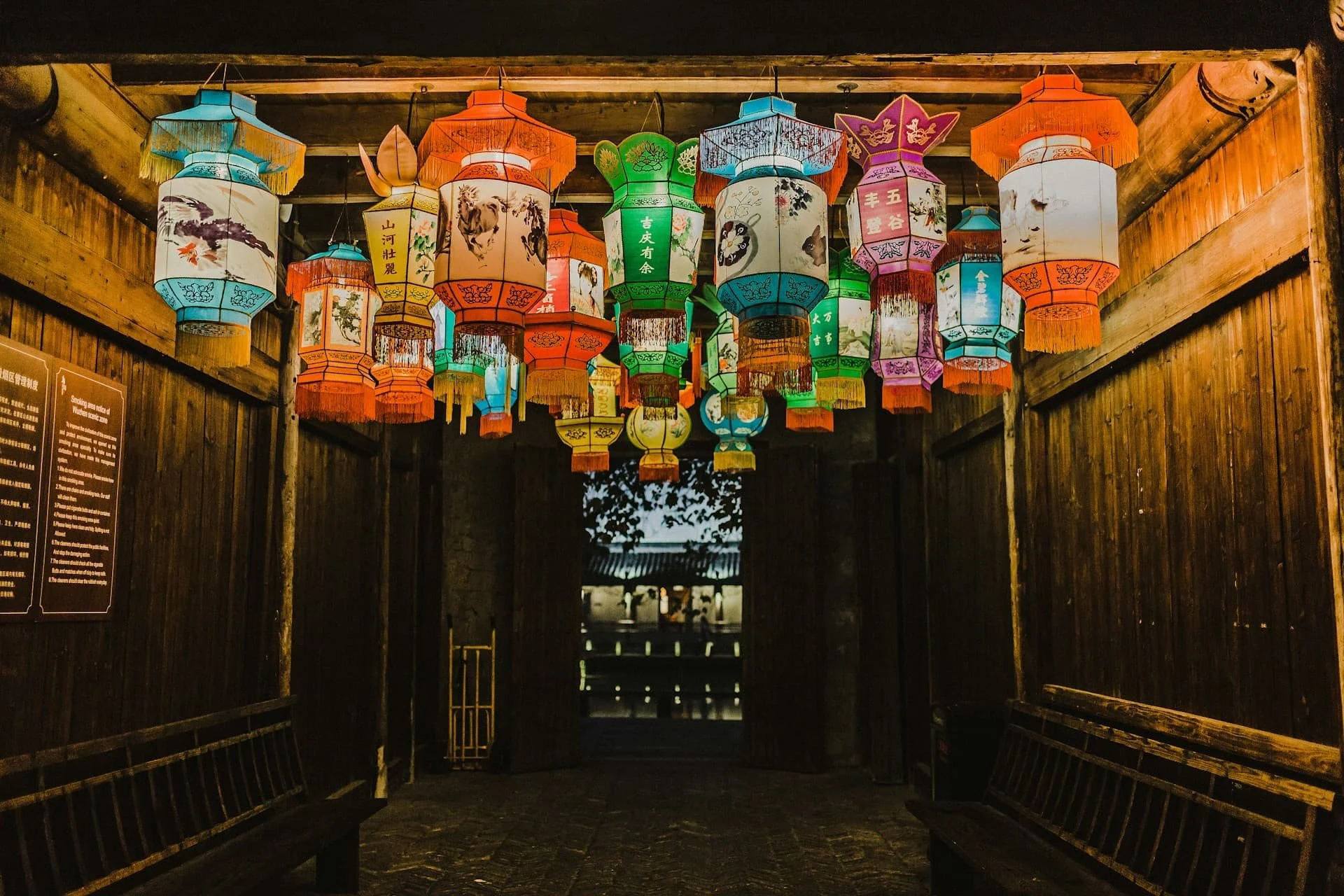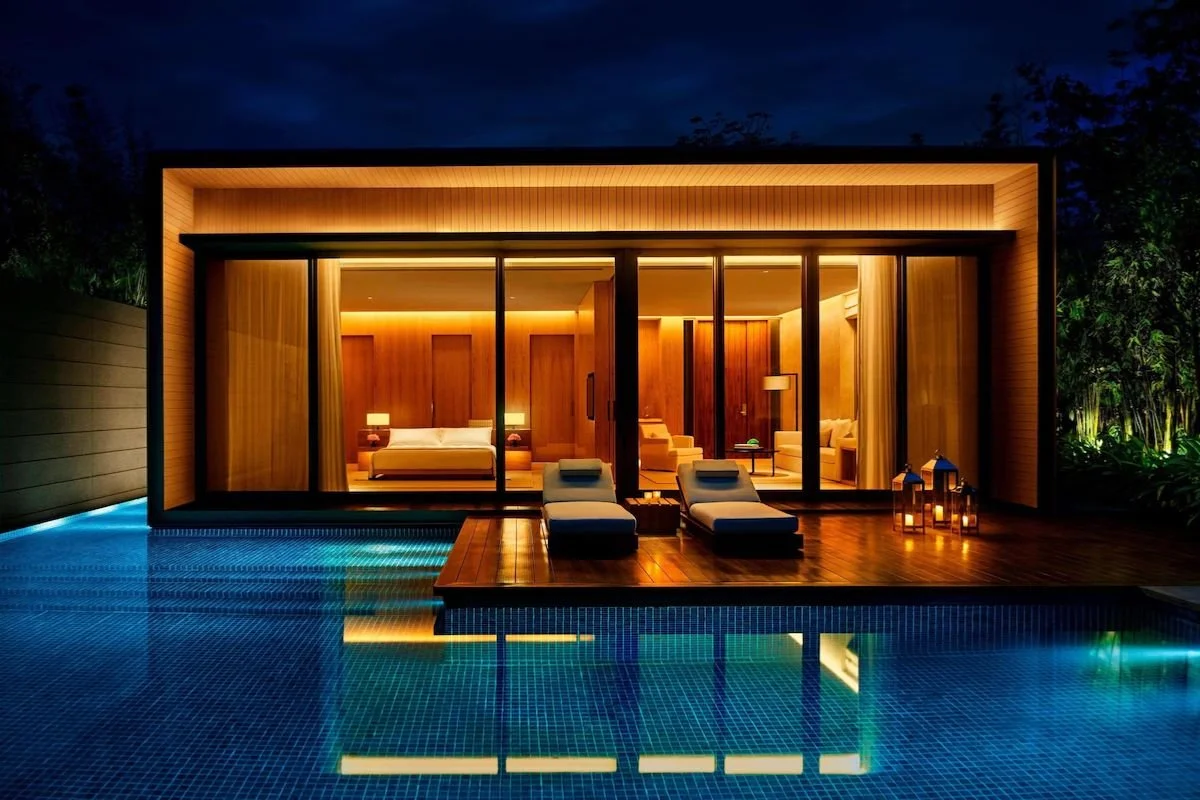When is the Best Time to Visit Beijing?
Find the sweet spot for your Beijing trip
Beijing rewards timing. Seasons swing from crisp and gold to hot and sticky to freeze-your-eyelashes cold. Pick well and the city feels generous and easy. Pick badly and you’ll be queueing in full sun, dodging holiday crowds, or battling a Siberian wind that slices through jeans like paper.
How Beijing’s Seasons Actually Feel
Beijing runs on a continental rhythm. Spring arrives fast, autumn vanishes too soon, summer is muggy with afternoon downpours, and winter is clear and dry with big-sky days. If you like numbers, monthly averages and rainfall charts for the capital are neatly laid out by the World Meteorological Organization and the long-range summaries at Timeanddate back that up with month-by-month temperatures and precipitation. Recent climate reporting also shows China’s last couple of years have skewed warmer, which is worth factoring in if you run hot.
Spring from Late April to Early June
This is Beijing at its most forgiving. Daytime highs usually sit in the low to mid-20s Celsius, parks go green, and the imperial sights glow without the summer glare.
It’s prime time for an unhurried wander across the marble bridges of the Summer Palace or a morning in the echoing halls of the Palace Museum, better known as the Forbidden City.
Sand-dust episodes can pop up in early spring, so check real-time conditions on the city’s air-quality dashboard and the health guidance overlays at IQAir’s Beijing page before locking in an all-day outdoor plan.
Summer from Late June through August
Bring a hat and a Plan B. July and August are the hottest, wettest months. Downpours hit hard and fast in late afternoon, humidity climbs, and museum lines swell.
If you’re here then, lean into early starts. Book the Forbidden City’s first entry window on the official site and be out before the pavements start simmering.
Duck into galleries and cafés at the 798 Art District when the heat peaks, then ride the air-conditioned network run by Beijing MTR rather than bargaining with taxis in a thunderstorm. The data is blunt about the pattern—rain and heat push up through August—so time your Great Wall plans accordingly.
Autumn from Mid-September to Mid-October
If you want the postcard, this is it. After the last of the summer storms, skies clear to a perfect porcelain blue and daytime highs drift around 20 to 26°C.
Maple and gingko trees flare around Temple of Heaven Park and the lakes at the Summer Palace turn mirror-still.
It’s also the moment to hike the city’s defensive spine. The Mutianyu Great Wall is a crowd-pleasing, well-maintained stretch with cable cars and forested ridgelines, while Badaling delivers classic Ming-brick drama and big-angle views. Go on a weekday morning for both and you’ll come home smug.
Winter from Late November to Early March
li caijun / Shutterstock
If you like your cities sharp and quiet, winter is your season. Days can be sparkling and crowd-free, and palaces dusted with rime feel almost theatrical.
It is cold, though—properly so—so dress for minus figures and dry air. The upside is that visibility often improves, queues fade, and you can take advantage of off-season room rates.
Beijing’s occasional cold snaps can be intense, but they usually pass quickly, and those pale winter skies are magic for photographers. For a sanity check on conditions before you set out, skim the WMO climate norms and then glance at current air-quality readings on IQAir.
Beware China’s Big Holiday Weeks
Crowds change the game. China’s National Day “Golden Week” kicks off around October 1 and the country moves at once. Trains, attractions, and city parks surge.
Spring Festival, pegged to Lunar New Year in January or February, creates similar waves of internal travel. Authorities extended parts of the public-holiday framework for 2025, which keeps those peaks elastic and busy.
If your dates brush either period, lock in tickets and hotel rooms weeks ahead or slide your trip a week to either side. For context straight from official channels, the State Council’s holiday update explains the shift, and Beijing’s own portal posts practical guidance when the rush begins.
Air Quality and Weather Spikes
WillMillerChina / Shutterstock
Beijing’s air has improved over the last decade, yet it still swings. Summer storms clean the sky, winter inversions can trap particulates, and spring may bring dust.
Build a daily habit of checking the World Air Quality Index map and the granular forecasts at IQAir’s city page. If you’re sensitive, pack a P2 or N95 and prioritise mornings for outdoor time when levels are often lower.
Extreme weather has also become more newsworthy across North China, so leaving a little slack in a busy itinerary is wise.
Beijing Typical Weather
Here’s a quick month-by-month look at typical conditions:
| Month | Avg High / Low (°C) | Typical weather |
|---|---|---|
| Jan | 2 / −8 | Very cold and dry |
| Feb | 4 / −6 | Cold and dry |
| Mar | 13 / 1 | Cool, breezy, occasional dust |
| Apr | 21 / 8 | Mild, drier, some windy days |
| May | 27 / 14 | Warm and pleasant |
| Jun | 31 / 19 | Hot, humidity rising, first storms |
| Jul | 32 / 22 | Very hot, humid, frequent thunderstorms |
| Aug | 31 / 21 | Hot, humid, rainy spells |
| Sep | 27 / 15 | Warm, turning clearer and drier |
| Oct | 19 / 7 | Mild, dry, blue-sky days |
| Nov | 9 / −1 | Cool and dry |
| Dec | 3 / −7 | Very cold and dry |
The Great Wall by Season
Spring and autumn are easy wins for wall-walking. On bright days, the Mutianyu trail unfurls through chestnut forests and you can mix cable cars with stair sections to suit your legs.
If you prefer broad, iconic ramparts and don’t mind more people, Badaling remains the most famous. In summer, go early, carry water, and be off the stones by lunchtime.
In winter, watch for icy steps and check whether high wind has paused cableways before you leave town. Official pages post real-time updates and ticketing, which saves both time and guesswork.
Headline Sights and When They Shine
i viewfinder / Shutterstock
The Palace Museum reads best in cool light—book the earliest slot and walk south to north so the crowds thin as you go.
The Temple of Heaven is glorious soon after gates open when the morning exercise groups take over the cypress groves.
Lakeside arcades at the Summer Palace are unbeatable on clear autumn afternoons. For a contemporary counterpoint, the galleries and studios of the 798 Art District make a fine rainy-day plan.
Where To Stay, Matched to the Weather
If you’re here for leafy park time and old-Beijing atmosphere, staying near the palace and Wangfujing keeps mornings efficient. The Peninsula Beijing is all-suite comfort with easy walks to the Forbidden City, while The PuXuan Hotel and Spa sits by the National Art Museum with a calm, modernist mood and a standout Guerlain spa for post-wall legs.
If you want to be close to the lakes and the western parks, Aman Summer Palace shares a boundary with its namesake garden and turns early entries into a short stroll. For business-friendly access and slick transport links, Rosewood Beijing anchors the CBD and rides well in any season.
Eat Well Whatever The Month
maoyunping / Shutterstock
When the air turns crisp, a long vegetarian tasting menu at King’s Joy near the Lama Temple is a city ritual, and the kitchen’s Michelin-starred pacing suits cool evenings.
For something intimate and celebratory year-round, TRB Hutong serves precise, European-leaning dishes in a 600-year-old temple complex a short hop from Jingshan Park.
And yes, you should eat roast duck at least once—queues move faster than they look at Siji Minfu, so go early and make an evening of it.
Getting Around Without Melting or Freezing
Beijing’s subway is extensive, cheap, air-conditioned in summer and warm in winter. Journey planning is easiest if you bookmark the English pages for Beijing MTR.
For airport transfers, both Beijing Capital and Daxing run fast rail links into town, and Daxing’s energy-efficient terminal is worth a look on architecture alone—Zaha Hadid’s starfish plan is as striking in person as the photos suggest. Airport basics live on the official sites for Capital Airport and Daxing Airport.
Bottom Line
If you can choose freely, aim for late April to early June or mid-September to mid-October. You’ll get workable temperatures, clearer skies, and far less hassle. If school holidays or work lock you into July, August, or deep winter, tweak your days—go early, ride the subway, book timed entries—and Beijing will still meet you halfway.


